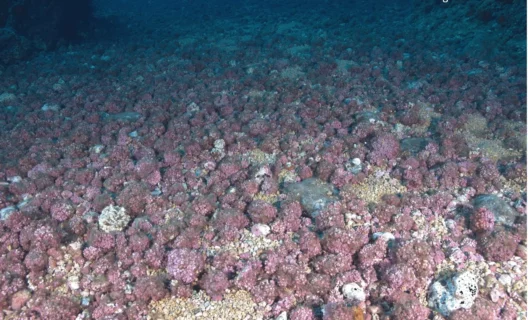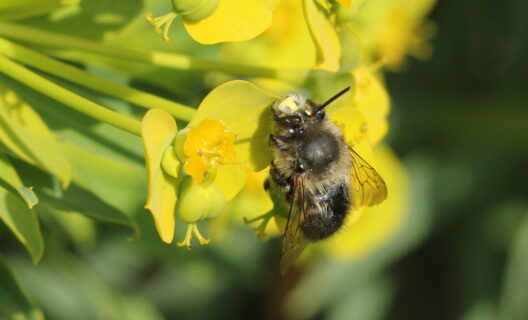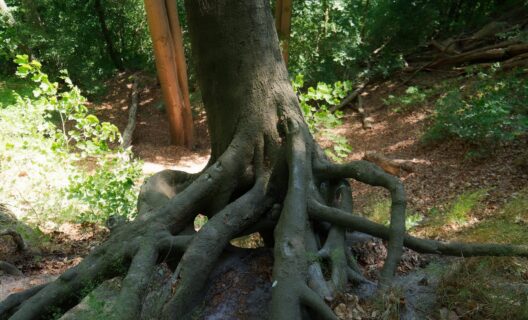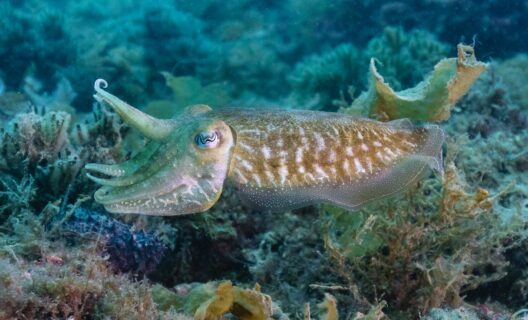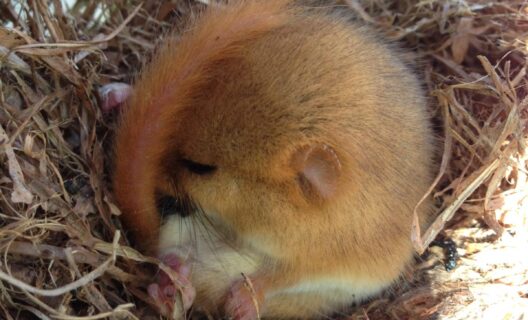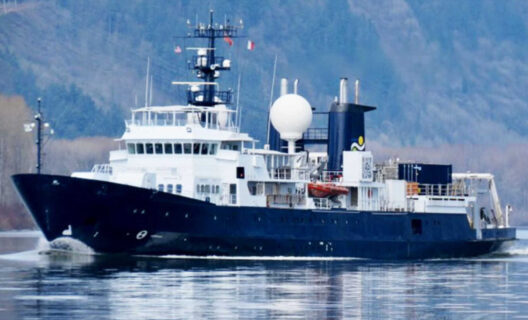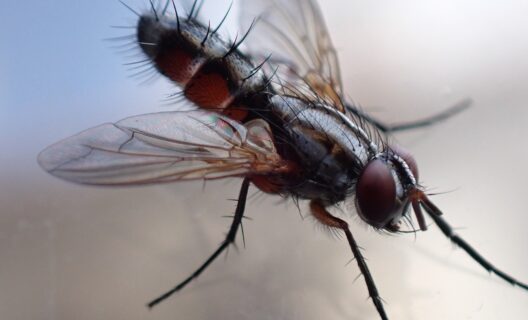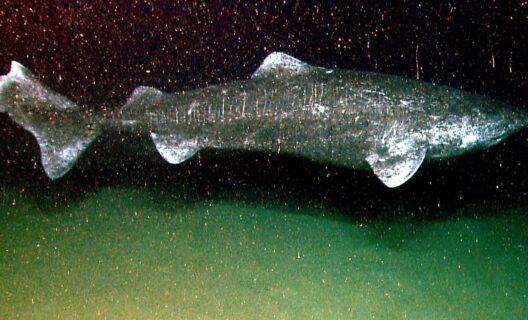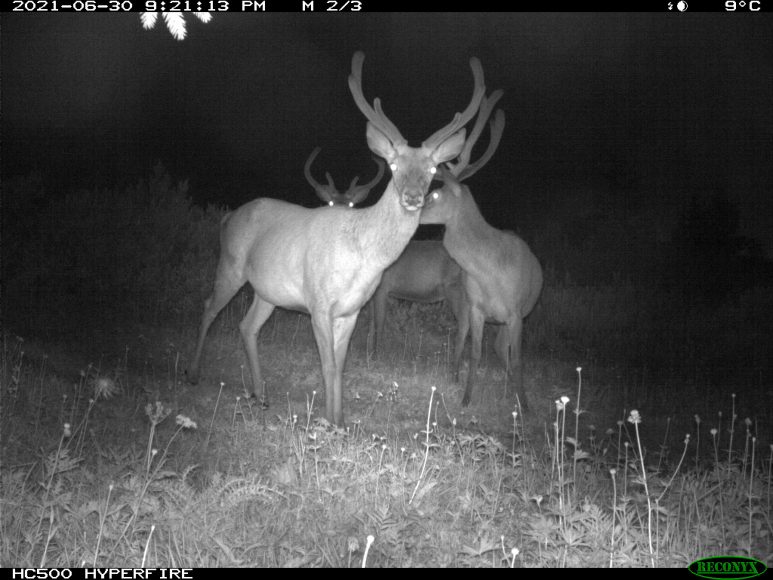

Reading time
0 min
If visitors crowd the forests, animals find strategies to escape them. But they pay the price
Once a place of silence and solitude, mountains are now a favorite destination for those who enjoy nature tourism – which, however, invades, in spite of itself, the habitat of many animal species. A study published in the scientific journal Ambio, conducted by the University of Florence and MUSE – Trento’s Museum of Science, investigates the long-term effects of mountain tourism on local mammal communities.
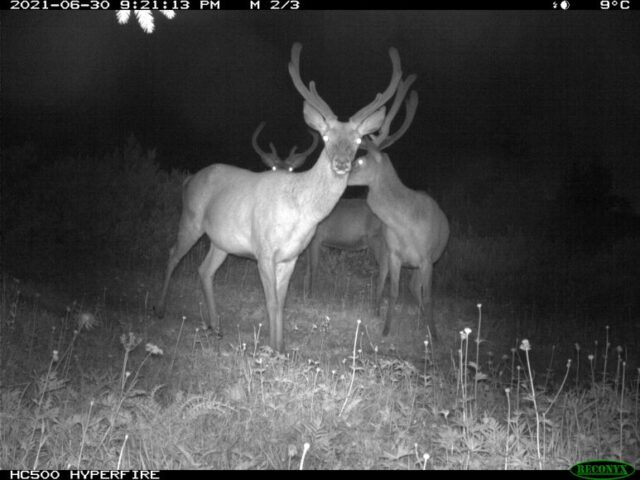
""
Seven years of research
For seven consecutive summers, from 2015 to 2021, researchers used 60 phototraps systematically . Placed in a highly frequented area of the western Trentino Dolomites, the cameras were to detect animal and human passages. The goal of the operation: wildlife monitoring to study possible responses of animals to human disturbance.
The more than 500 thousand photos collected over seven years of research showed that 70 percent portrayed people. The rate of human passage in front of the phototraps was seven times higher than that of the fox, the most common wildlife species in the area, and even 70 times higher than that of the bear, the animal most rarely photographed.
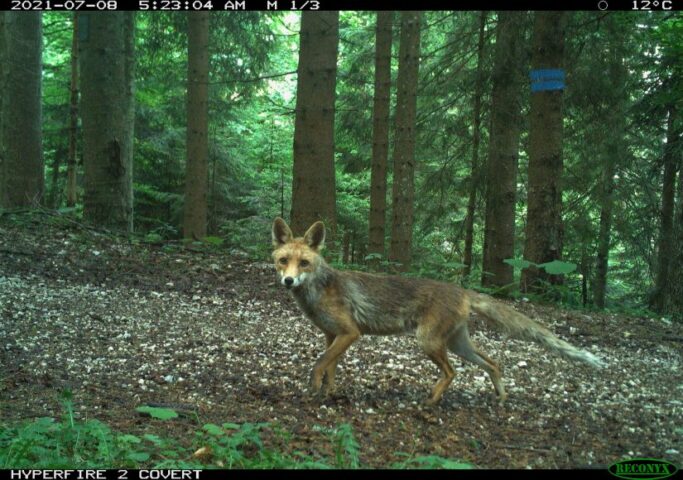
""
First, the data show that the passage of people in front of the phototraps placed within the Adamello-Bren Natural Park does not differ from what is recorded in the devices placed beyond its borders: this would indicate that even within the protected area, anthropogenic pressure exists and is palpable.
""
Too many tourists: the consequences for animals
What about the effects on animals of such human influx? All of the eight species considered (bear, deer, chamois, roe deer, badger, fox, hare, and marten), while remaining stable in population, and in some cases even growing, have developed nocturnal behaviors: that is, they have become more active at night to avoid encountering humans, both in the most frequented areas and in areas near population centers.
The study also revealed that larger mammals, such as bears, deer and chamois, tend to avoid areas where human passage is most intense.
These avoidance strategies are not without cost to the animals. They can result in greater difficulty in movement, suboptimal body temperature regulation, and the use of less productive areas in terms of food resources.
The study authors emphasize the importance of understanding how the impact of mountain tourism may affect mammal communities: only in this way will it be possible to develop sustainable management strategies that preserve biodiversity and wildlife.

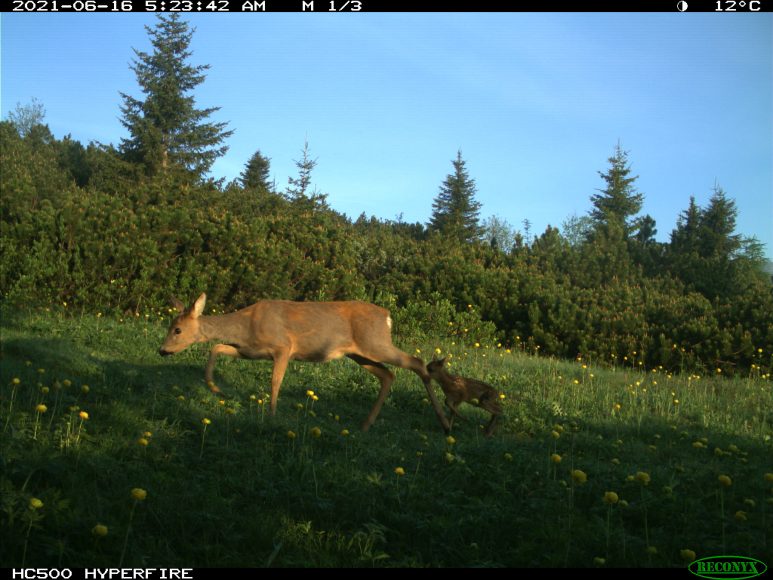
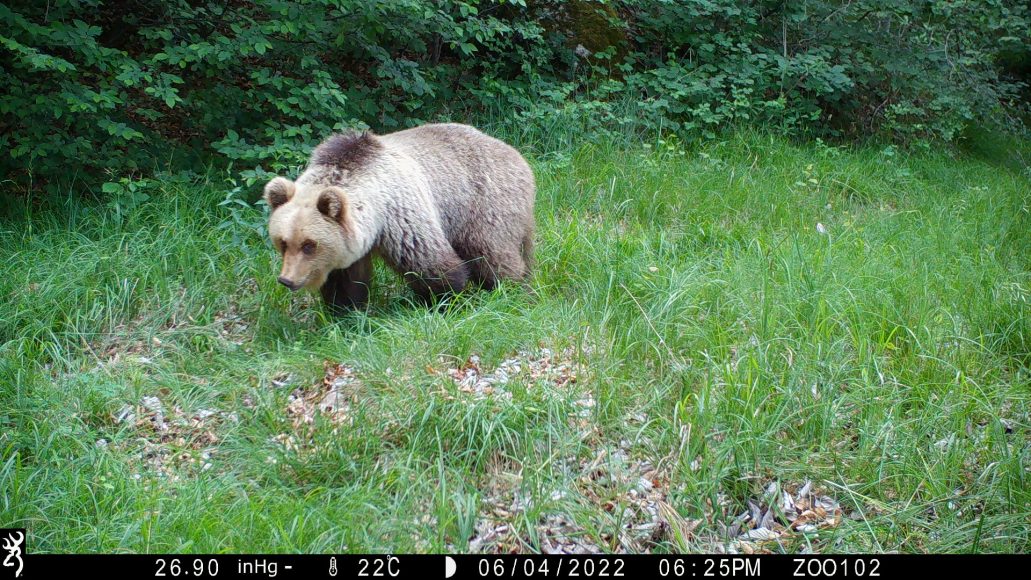
The journey goes on
Every story paves the way for the next: discover where biodiversity takes you


